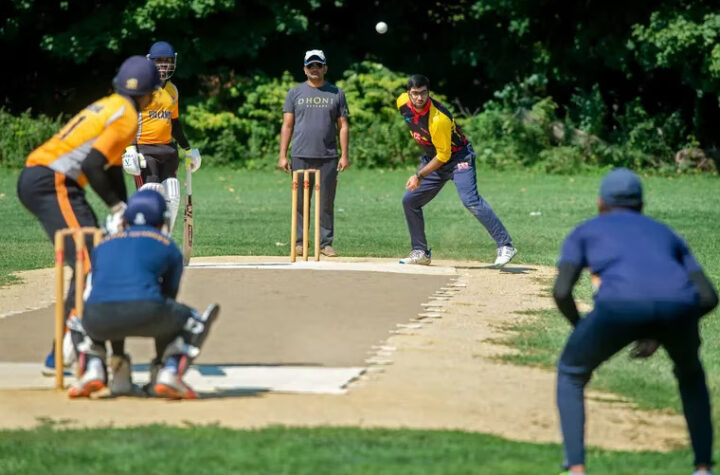While writing an article, it is usual to take references from multiple sources. Topic related search through search engines yields several relevant web pages. It is not uncommon to take information from the web pages. However, while using the web pages’ references, the writer should cite the original text and credit the creator. A freelance writer might have written several articles on a topic and used the Internet as a source of information.
However, when the previously published articles are used as source material without any citation, it becomes self-plagiarism. Apart from freelance writers, researchers also have to be wary of self-plagiarism. Taking information from a source won’t hamper the original content of the written document. But camouflaging copied content and presenting it as the original content is blatant plagiarism.
People wrongly believe that self-plagiarism doesn’t incur any penalty. Self-plagiarism is treated as any other form of plagiarism. The freelance writer has to ensure that the written article doesn’t contain plagiarized content. No client prefers duplicate publication. Hence, it is equally essential to avoid self-plagiarism.
How can self-plagiarism occur in any writeups?
There is also another misconception that self-plagiarism is unintentional. To a certain extent, self-plagiarism can occur accidentally. For example, writers working on the same topic often use similar information for the articles; in many cases, previously published articles influence the present writing. Repeating oft used words or phrases can be regarded as unintentional self-plagiarism.
However, there are other instances where students use previously submitted assignments for a new assignment. Freelance writers sometimes take the unethical route of rephrasing previously written articles for new projects. This form of self-plagiarism is there to evade the process of researching and writing a recent essay. Hence, the older works are recycled as presented as new ones in the academic world.
Another prominent example of self-plagiarism is the effective use of a previously published paper in a dissertation. It is vital to note that it is not incorrect to use reference passages from previously published work. Hence, some people tend to use huge portions of published articles in a project. They are under the impression that by providing the citation for the work, they can avoid the tag of self-plagiarism.
However, there are rules regarding the reuse of previously published material. Self-plagiarism occurs when the author uses his/her previous work in their present writeups. Even if the author cites the self-written papers, it is still considered self-plagiarism.
How to deal with cases of self-plagiarism?
One can eliminate unintentional plagiarism quickly with the help of a plagiarism detection tool. Similarly, accidental self-plagiarism can be detected and removed from an article with a plagiarism detector’s help. It is suitable to use a high-quality plagiarism checker that scans all virtual platforms to check plagiarism in a document. It is simple to use a plagiarism scanner.
Software developers and programmers offer these services online. Writers can download the plagiarism detector applications for more straightforward document checking. The document that is to be checked for plagiarism has to be uploaded to the webpage or application. Within no time, the plagiarism test report is there for the user.
Diligent writers can use this application to avoid plagiarism in their articles. According to the plagiarism report, the writer can cite the original articles to avoid plagiarized content.
If there is too much-plagiarized content, it is sensible to remove the copied portions and rewrite the article. Students who attempt to use their written articles for related projects won’t pass the plagiarism test of school plagiarism checkers.
Advanced plagiarism-checkers have unique features that help to store student assignments. The anti-plagiarism software scans new submissions against the stored assignments. Within seconds the plagiarism report is revealed. Self-plagiarism is also highlighted in the reviewed paper.
The effect of self-plagiarism on the writing career
Self-plagiarism is not seen in a positive light in the academic world. It is vital to create new perspectives in academic research. Submitting self-plagiarized papers won’t help in postulating new theories or standpoints. Students found plagiarizing text from their previous assignments are held guilty of plagiarism.
Penal action is taken against students who deliberately try to self-plagiarize. Similarly, writers who tend to use previous articles cannot impress the clients because their work contains repetitive content instead of original content.
Clients won’t hire freelance writers who churn the same material and provides similarly written articles. New clients do not quickly employ freelance writers who are known to self-plagiarize. Hence, the writing prospects suffer heavily due to self-plagiarism.
Apart from self-plagiarism on a person’s career, there are noticeable detrimental effects of self-plagiarism on a person’s creative thinking. Overt reliance on old content leads to the lack of new ideas.
Using old articles blunts the creative aspect. New ideas, possibilities are unconsciously negated when previous articles are rephrasing for making new content. Students/writers need to understand the difference between using the last work as a reference and reusing previously published work.
Self-plagiarism detected in a paper that has occurred unintentionally can be corrected by adding citations or removing the passage. However, often one misses those areas that require source or elimination.
Therefore, then it becomes wise to use a plagiarism scanner to avoid submitting self-plagiarized articles. In that way, the writers can save their reputation and the reputation of their institutions or workplace.





More Stories
ZTE AXON 30 Ultra 5G launches globally
How Future Public Relations Will Be Like
Why choose classified websites?